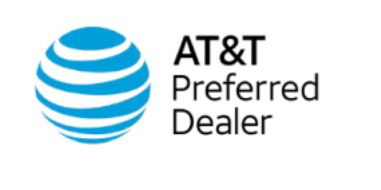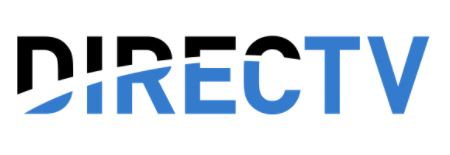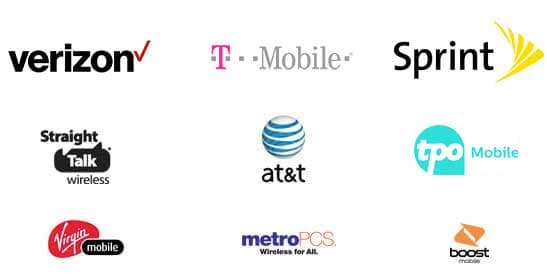There are no products to show
Use the search and filter options in the menu to find products

 Menu
Menu 
Wirefly helps you save on cell phones and plans by offering innovative comparison tools so consumers can make educated choices. Start saving today with Wirefly!

Wirefly helps you save on Internet service by offering innovative comparison tools to compare Internet providers in your area.



Use the search and filter options in the menu to find products
| Provider | Channels | User Rating | Pricing | Phone Number |
|---|---|---|---|---|
 | Up to 590 Channels | 3 | $14.99 - $165 | (855) 650-4217 |
 | Up to 160 Channels | 3.3 | $45 - $105 | (855) 650-4212 |
 | Up to 260 Channels | 3.3 | $19.99 - 299.95 | VISIT SITE |
 | Up to 290 Channels | 5 | $10 - $109.98 | (205) 946-1154 |
 | Up to 330 Channels | 4 | $35 - $110 | (855) 652-1629 |

It may be challenging to try and narrow down the best TV provider in Minneapolis, MN. There seem to be so many choices that it's difficult to decide which is the best one for you. We provide you with the information you need to easily connect to cable, fiber optic, or satellite service whether you're looking to switch providers or are moving to another area of the city. All you need to do is enter your ZIP code, and the deals on cable TV and satellite plans are available to you. Additionally, you will also find bundled service plans that include telephone and Internet for more savings.

Due to how Wirefly offers a comparison of many different TV plan options, including everything from the simplest cable plans to satellite packages with hundreds of channels, the user gets a full, detailed look at the television providers available in Minneapolis, MN. They can also see what upgrades these providers offer, such as digital video recorders (DVRs) that can help the user catch all the shows they want and high definition (HD) TV to ensure that picture quality is topnotch. Customers can also find quite a bit of information on all kinds of TV-related content.

Cable television companies relay content through copper cables and fiber optic wires. Many of these lines are buried underground to be protected from most elements. As a result, rain, wind, snow and other weather events normally do not interfere with cable television programming. However, cable customers should monitor the condition of their cables inside their homes, condominiums or apartments, as worn cables may hamper transmission of the signals. Moreover, traditional cable lines, especially those using copper cables or DSL, deliver content at slower rates than fiber optic lines.
Providers carry different tiers of service for cable television. At a minimum, cable TV providers must by law carry local television stations broadcasting in Minneapolis, MN. This basic, or lowest-tier service, may include some other channels. With higher tiers come more channels and higher cable bills. Our tool informs prospective cable customers about additional packages, such as expanded sports channels, non-English speaking channels and premium channels. Cable providers in Minneapolis, MN also include on-demand viewing, music channels for a vast array of genres and DVR options within their menu of TV services. In addition to TV broadcasts, cable companies venture into Internet access and telephone services. This allows cable TV service providers to “bundle,” or include all three services at a combined price that is lower than if each were purchased separately. Typically, cable companies do not tie customers to contracts, so that subscribers may cancel at anytime.
In most cases, cable TV subscribers will need a box for each television to obtain all the available channels, DVR and on-demand programming. Depending on the company, viewers can opt for an adapter which affords access to many, but not all, of the channels offered by the cable TV provider. Customers who obtain Internet and phone services must have a modem and router for wireless Internet. Cable TV bills include monthly fees for rental of the TV, Internet and phone equipment. With our comparison tool, subscribers can learn what routers or modems are compatible with the particular provider should they attempt to lower cable bills through buying their own equipment rather than renting.
Installation of cable services involves the connection and setup of the boxes, modem and routers. The installer must connect cables and wires to the right inputs, program remote control devices and secure activation of the services. Customers should plan on blocking multiple hours to wait for and receive the installers. Cable companies might not set appointments and cannot guarantee a particular time when the installer is available. For customers who work close to home, the installer may agree to call the customer within minutes or other short-time period of anticipated arrival so that the customer can minimize time away from work.

As mentioned, the process a satellite TV company in Minneapolis, MN goes through to provide service involves encrypted data going from a satellite to the consumer's satellite dish. The provider starts this process by sending the data from their own broadcast center up to the satellite. The nice thing about satellite TV service is that it doesn't have cable's range restrictions. It doesn't matter nearly as much where a consumer is located, opening up satellite to a much larger number of consumers, including those who live in more remote locations that aren't eligible for cable service.
One point consumers should keep in mind if they're considering switching to satellite service is that the installation can cost more than it does with cable service, in large part because of the cost of satellite dishes in Minneapolis, MN. On the bright side, there are many providers that throw in the satellite dish and the installation free of charge. Consumers can find out what they'll need to pay for in the fine print of the contract. The main problem with satellite TV service is that the weather can affect it far more than the weather can affect cable TV service. If a satellite dish gets tipped over or damaged, that can cut off the consumer's TV service.
Many satellite plans also have either a DVR or even an HD DVR included in them, making it easy for consumers to record their favorite shows, set up parental restrictions, watch TV from any room in the home and purchase On Demand content, including shows and films. In fairness, cable companies sometimes throw in a free DVR with their service plans, as well. Although the equipment doesn't cost extra here, there is still a monthly fee for using it, which is usually at least $10 per month regardless of whether the consumer has cable or satellite service.

If you're business or home in Minneapolis, MN requires fast and reliable internet service, you might want to consider fiber optics. Fiber optic technology is the most cutting-edge service available. It works through the use of a fiber optic cable, and it's often referred to as Fiber to the home, or FTTH. Many people are still using cable or DSL for their Internet capabilities, and they are reliable as well. Fiber optic, however, delivers speed to help you through your busy day.
You can also expand your fiber optic service to include television and phone service as well as the Internet. It's an option offered to many cable subscribers.

Wirefly offers great deals on a large selection of smartphones, cell phones, tablets, mobile hotspots, and other wireless devices for the nation's most popular carriers. Use Wirefly’s innovative cell phone and plan comparison tools to ensure you are getting the best deal on the market. Shop with confidence knowing that Wirefly wants to help you find the best prices on cell phones, cell phone plans, TV, and Internet service.
